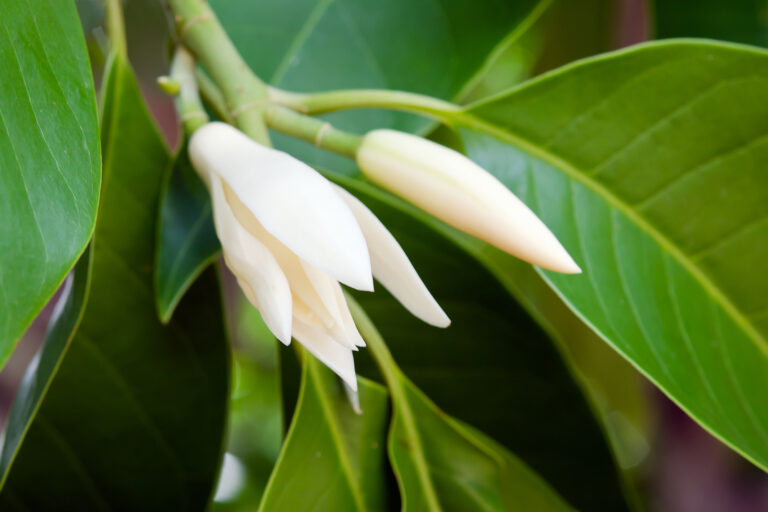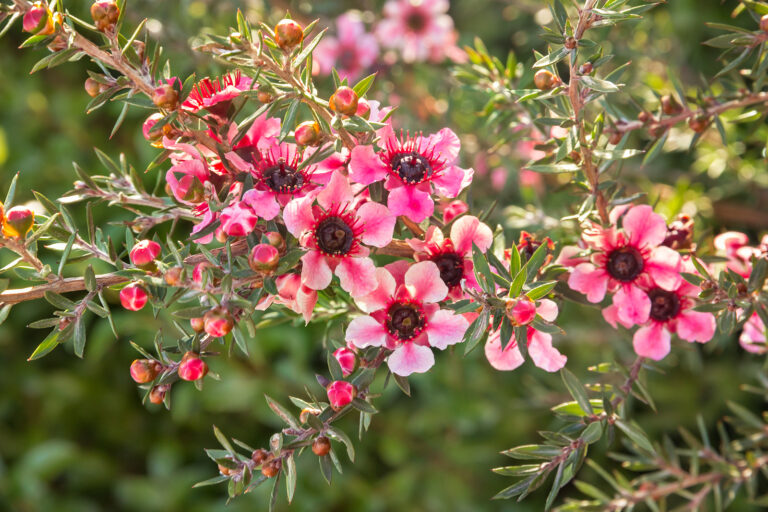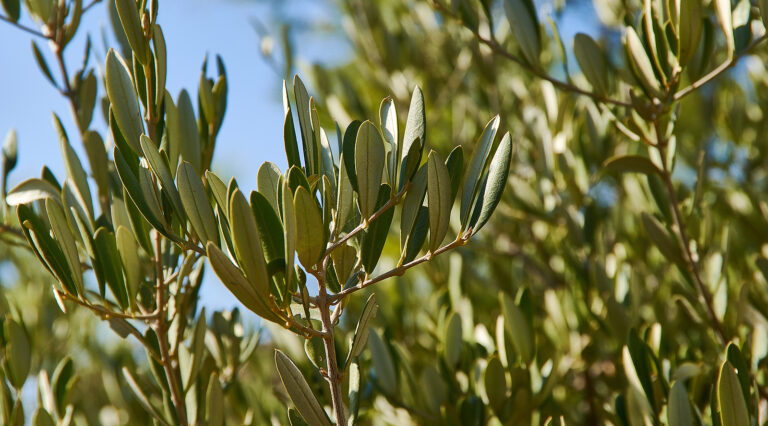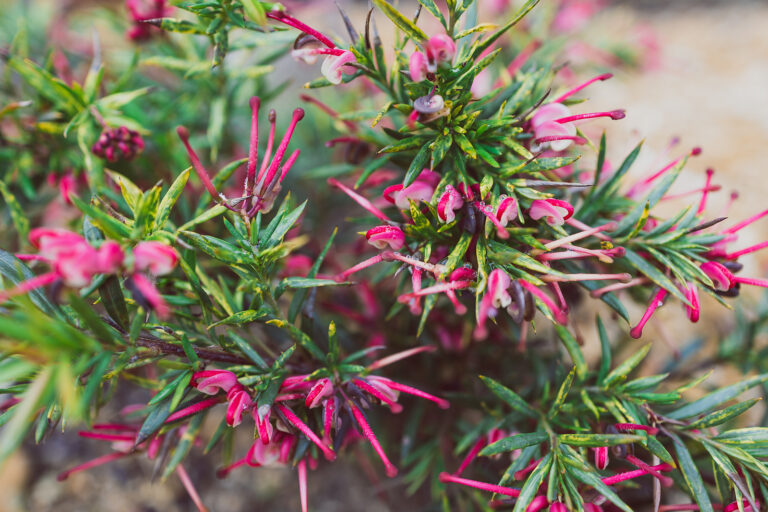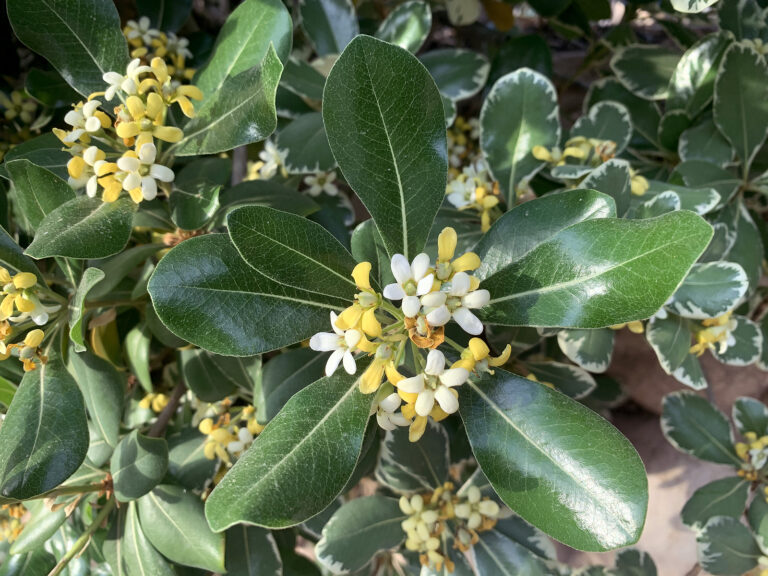How to Grow Michelia — Bannana Shrub
Michelia are evergreen shrubs and trees grown for their fruity fragrant, magnolia-like creamy or yellowish-white flowers and lustrous dark green leaves. Michelia is a subtropical plant that blooms on and off throughout the year. Michelia belongs to the Magnolia family. Michelia flowers are borne among the leaves rather than singly at the end of branches as…

